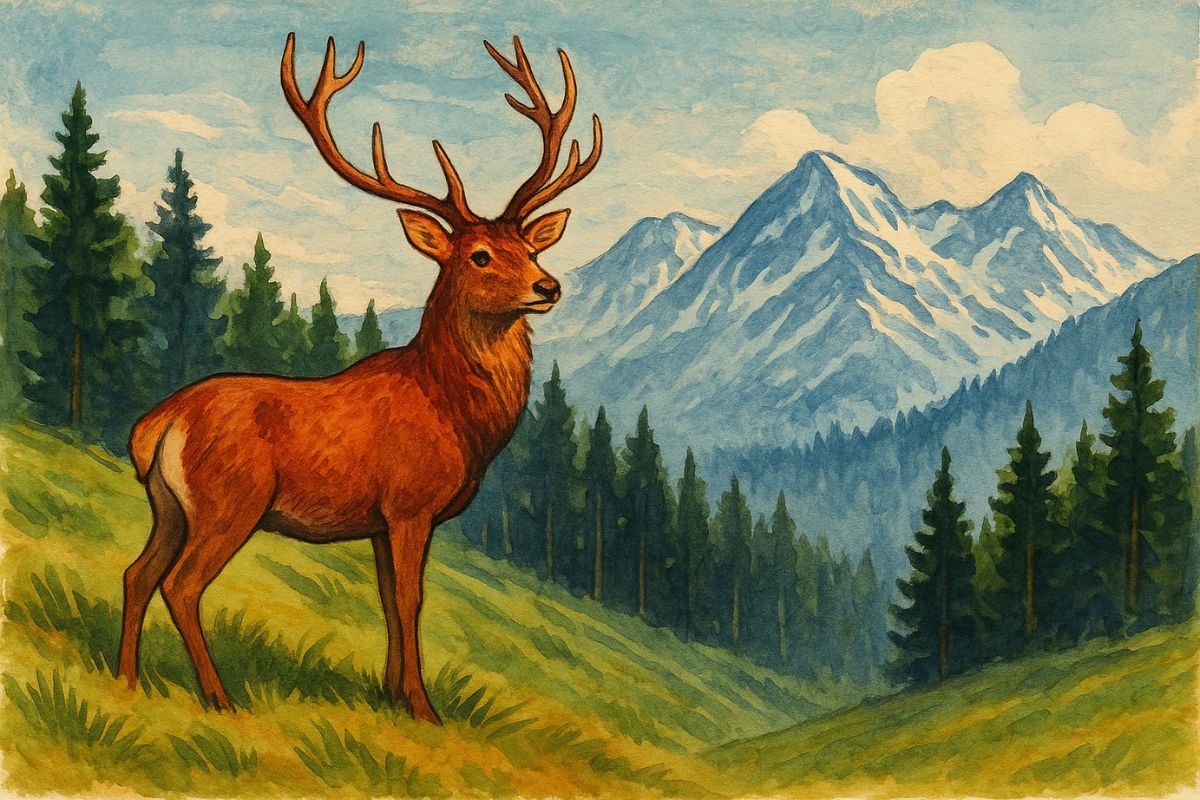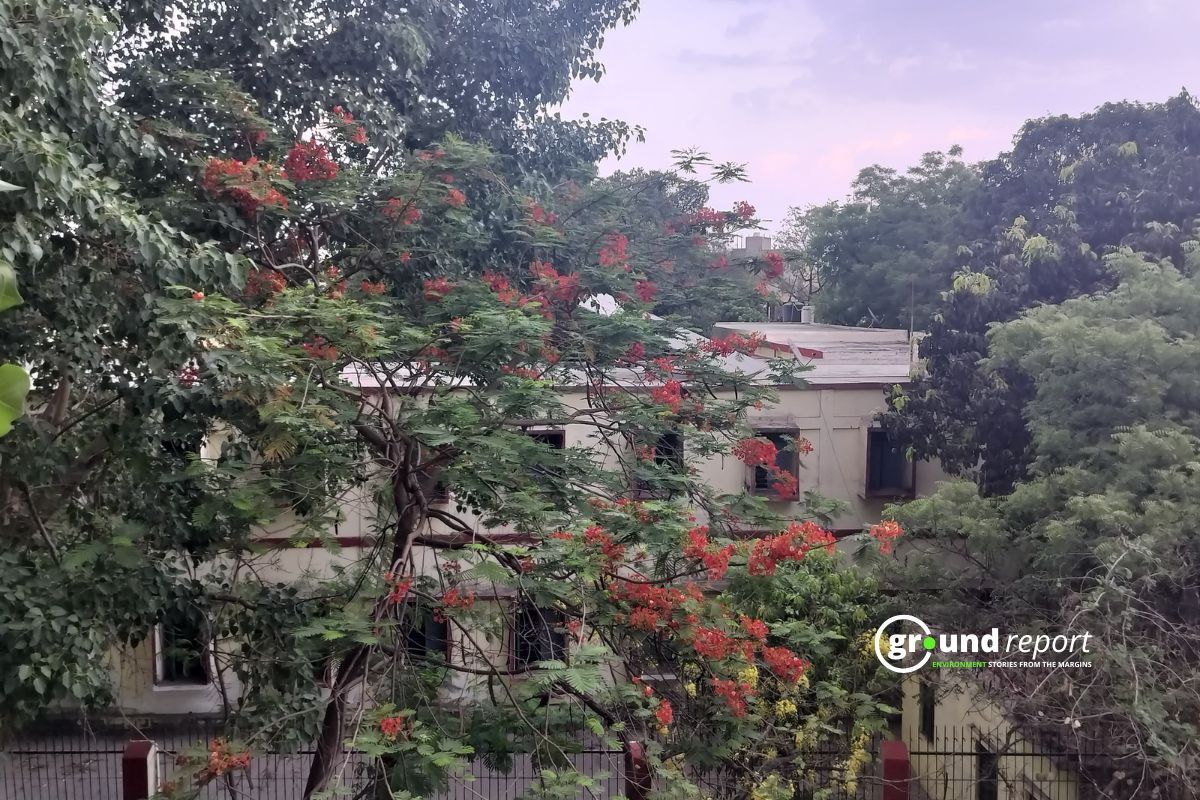The Pandorea Leaf Beetle, scientifically referred to as Johannica gemellata, is a striking member of the Chrysomelidae family that has garnered attention from researchers throughout Queensland, ranging from near Maryborough to Laurieton in New South Wales.
Belonging to the widely diverse Chrysomelidae family, leaf beetles are recognized as a plentiful and varied group within the beetle kingdom. With an estimated count of over 37,000 species (and potentially exceeding 50,000), spanning more than 2,500 genera, they rank among the largest and most commonly encountered beetle families.
The origins of this remarkable species trace back 180 years, with the original species description of Chlorobapta bestii immortalized by entomologist and illustrator John Obadiah Westwood. Now, residing among the five million insect specimens at the Oxford University Museum of Natural History, this 180-year-old beetle stands as a testament to the enduring allure of nature’s wonders.
Why are they so rare?
The rarity of the Pandorea Leaf Beetle can be attributed to its specific habitat requirements and limited geographical range. Found primarily in regions stretching from Maryborough through the Sunshine Coast, Brisbane, and the Gold Coast in Queensland, down to Laurieton in New South Wales, these beetles thrive in a very particular environment.
Their elusive nature is compounded by their life cycle and behaviours, which are not yet fully understood due to the scarcity of encounters. This lack of visibility has turned the Pandorea Leaf Beetle into a creature of near-mythical status among entomologists and nature enthusiasts alike.
The Pandorea Leaf Beetle belongs to the family Chrysomelidae and is a testament to the incredible diversity within the Coleoptera order. With a lineage that is both ancient and widespread, the beetle’s rarity is a puzzle that contrasts sharply with the abundance of its relatives.
Leaf beetles eat leaves, flowers
Leaf beetles, belonging to the Chrysomelidae family, are mainly herbivorous insects. Their diet varies depending on the species and life stage. Adult beetles typically consume leaves and flowers of flowering plants, while larvae exhibit diverse feeding behaviours.
For instance, larvae of the Bruchinae subfamily bore into seeds, often those of leguminous plants, while many adults in this group feed on pollen rather than the host plant’s leaves. Some Bruchinae species do not feed at all during their adult stage.
In the Cassidinae subfamily, larvae may engage in leaf mining, stem boring, or external leaf feeding. Similarly, Chrysomelinae larvae and adults generally feed on leaves, although certain species may consume flowers instead.
Adult and larval leaf beetles eat a variety of plant tissue. Many are serious pests of cultivated plants, while others are beneficial because they help control invasive weeds. Some Chrysomelidae are brightly coloured, often in glossy yellow to red or metallic blue-green hues.
Conservationists emphasize the importance of preserving the beetle’s natural habitat to ensure its survival. As urban expansion continues to encroach upon the bushland, the delicate balance of the ecosystem that supports species like the Pandorea Leaf Beetle is increasingly under threat.
Keep Reading
Part 1: Cloudburst in Ganderbal’s Padabal village & unfulfilled promises
India braces for intense 2024 monsoon amid recent deadly weather trends
Support us to keep independent environmental journalism alive in India.
Follow Ground Report on X, Instagram and Facebook for environmental and underreported stories from the margins. Give us feedback on our email id greport2018@gmail.com.
Don’t forget to Subscribe to our weekly newsletter, Join our community on WhatsApp, and Follow our YouTube Channel for video stories.









